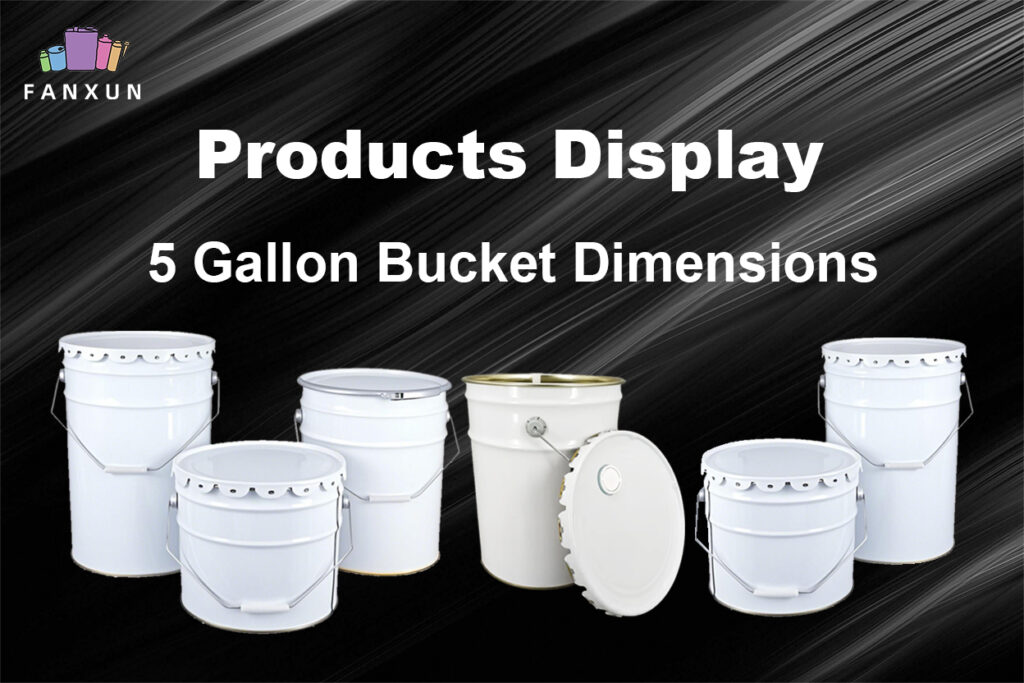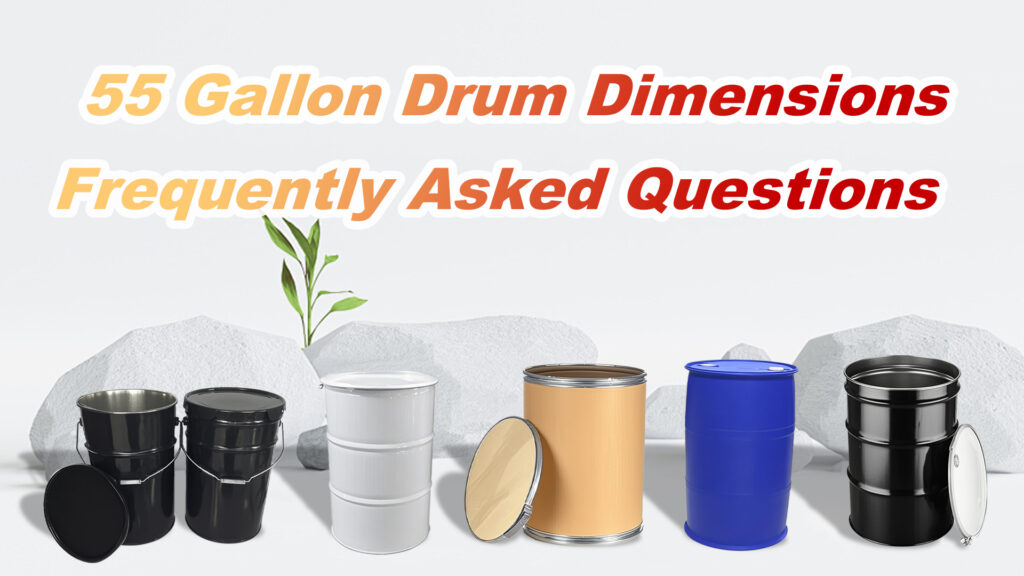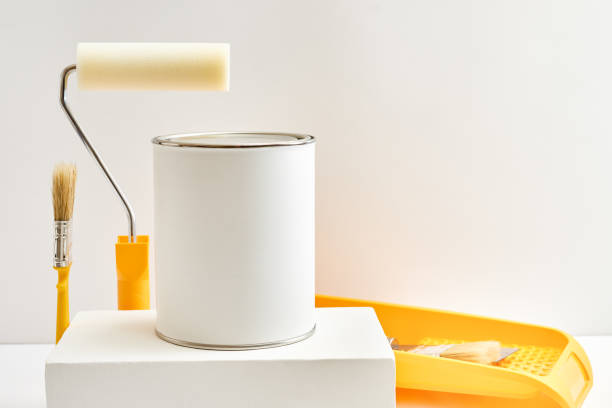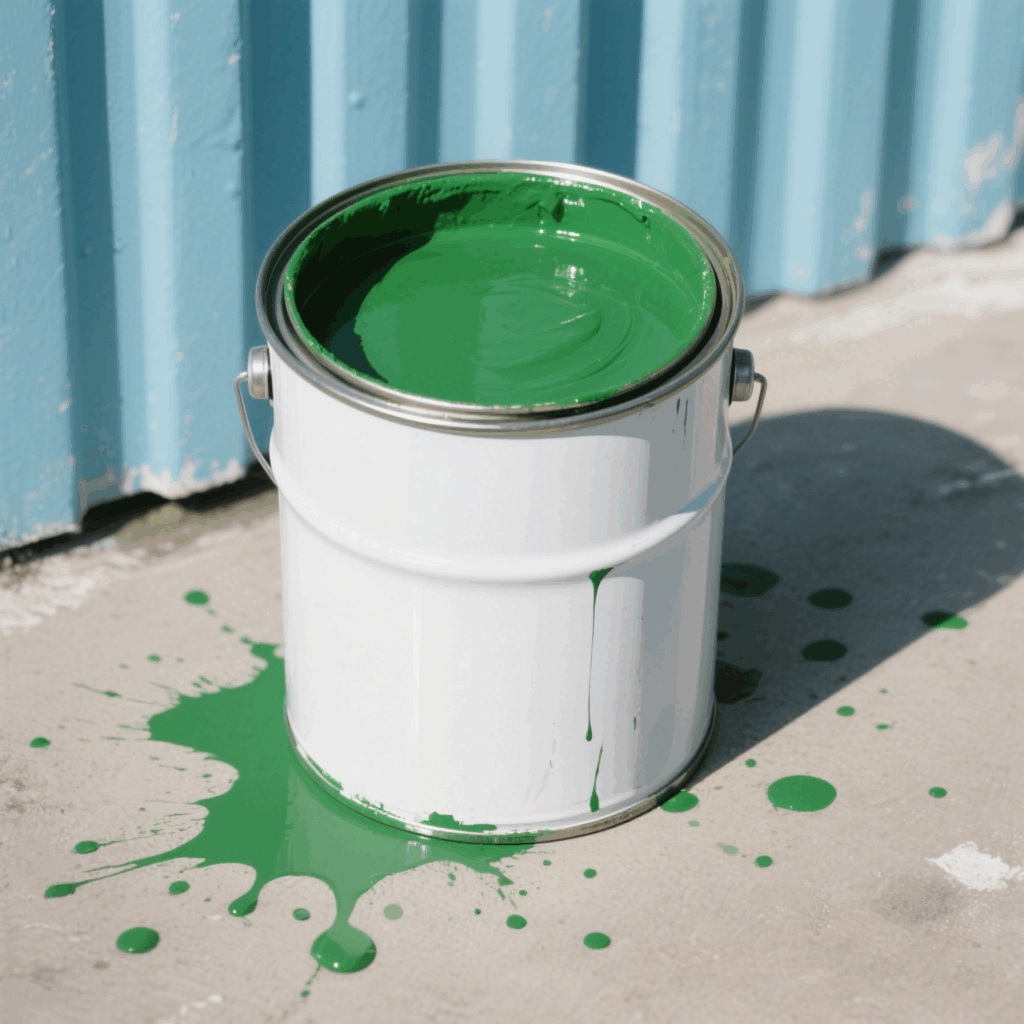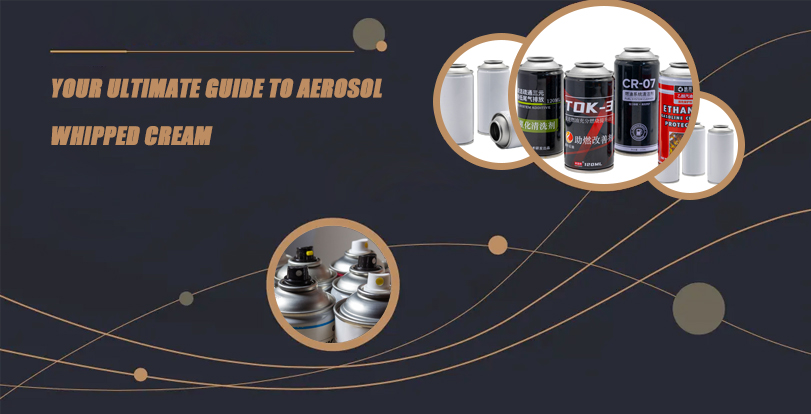Ever wondered if there’s a simple way to boost your engine’s longevity and maintain its performance? You might have heard fellow car enthusiasts or your mechanic mention an “oil catch can.” But what exactly is this device, and how does an oil catch can work? Is it a necessary upgrade for your vehicle, or just another automotive fad?
If you’re looking to understand the ins and outs of oil catch cans, you’ve come to the right place. This in-depth guide will walk you through everything you need to know, from the fundamental problem they solve to the nitty-gritty of their operation, benefits, and maintenance. Let’s dive in and demystify the oil catch can, helping you decide if it’s a worthwhile addition to your beloved ride.
The Culprit: Understanding Blow-By Gases
To appreciate how an oil catch can works, we first need to understand the problem it addresses: blow-by.
Inside your engine, during the combustion process, high pressure is created in the cylinders to push the pistons down. While the piston rings do a good job of sealing the combustion chamber, they’re not perfect. A small amount of combustion gases, unburnt fuel, and oil mist can “blow by” the piston rings and enter the crankcase (the area below the pistons where the crankshaft resides). This mixture is known as “blow-by.”
What’s in Blow-By?
- Burnt and Unburnt Fuel Vapors: Remnants from the combustion process.
- Oil Mist/Vapor: Tiny droplets of engine oil splashed around by the crankshaft and other moving parts.
- Water Vapor: A byproduct of combustion and condensation.
- Exhaust Gases: Including contaminants like soot.
If these blow-by gases were left in the crankcase, they would build up pressure, potentially leading to oil leaks past seals and gaskets. Worse, these contaminants can degrade the engine oil, reducing its lubricating properties and lifespan.
The Standard Solution: The PCV System
Automakers have long recognized the issue of blow-by. The solution is the Positive Crankcase Ventilation (PCV) system. The PCV system’s job is to:
- Ventilate: Remove these harmful blow-by gases from the crankcase.
- Recirculate: Route these gases back into the engine’s intake manifold to be burned in the combustion process. This helps with emissions by not venting these vapors directly into the atmosphere.
A typical PCV system uses engine vacuum to draw air through the crankcase, picking up the blow-by gases, and then channels this mixture through a PCV valve and into the intake manifold.
The Problem with Modern Engines (Especially Direct Injection)
While the PCV system is essential, it has a downside, particularly in modern Gasoline Direct Injection (GDI) engines. In older Port Fuel Injection (PFI) engines, fuel is sprayed into the intake ports, constantly washing over the intake valves and helping to keep them clean.
However, in GDI engines, fuel is injected directly into the combustion chamber. This means the intake valves are no longer regularly cleaned by fuel spray. When the oily, fuel-laden blow-by gases from the PCV system are recirculated directly into the intake manifold, this “gunk” can bake onto the intake runners and, critically, the backs of the intake valves.
This leads to:
- Carbon Buildup: Thick deposits of carbon can accumulate on intake valves and ports.
- Reduced Airflow: Carbon deposits can restrict airflow into the cylinders.
- Decreased Performance: Less air means less efficient combustion, leading to power loss and reduced fuel economy.
- Potential for Misfires: Severe buildup can affect valve seating or airflow dynamics.
- Lowered Octane: Oil entering the combustion chamber can effectively lower the octane rating of your fuel, increasing the risk of engine knock or pre-ignition, especially in turbocharged or high-compression engines.
This is where the oil catch can comes into play.
How an Oil Catch Can Works:
An oil catch can, also known as an oil separator or breather tank, is a device installed in-line with the PCV system. Its primary function is to “catch” or trap the oil, fuel, and other contaminants within the blow-by gases before they reach the intake manifold and coat your engine’s internal components.
Here’s a step-by-step breakdown of its operation:
- Interception: The oil catch can is typically installed between the PCV valve outlet (or crankcase vent outlet) and the intake manifold inlet. The hose that would normally run directly from the PCV system to the intake is re-routed.
- Entry: Blow-by gases from the crankcase enter the oil catch can through an inlet port.
- Slowing Down and Cooling: Inside the catch can, the design encourages the gases to slow down and cool. This change in velocity and temperature is crucial for separation.
- Separation Mechanism (Baffling): This is the heart of an effective oil catch can. Most quality catch cans use a baffling system to separate the liquid contaminants from the air. Common baffling methods include:
- Mesh Filters: Stainless steel mesh or similar material provides a large surface area for oil and fuel vapors to condense on.
- Honeycomb or Chambered Designs: These force the gases through a more complex path, increasing the chances of droplets impinging on surfaces and coalescing.
- Centrifugal Separation: Some designs spin the incoming air, using centrifugal force to throw heavier oil and fuel particles against the walls of the can, where they then drip down.
- Condensation and Collection: As the oil, fuel, and water vapors cool and hit the baffling material or the cooler walls of the can, they condense into liquid droplets. These droplets then fall to the bottom of the catch can and collect there.
- Cleaner Air Exit: The now much cleaner air, largely free of oil and other liquid contaminants, exits the catch can through an outlet port.
- Recirculation: This cleaner air is then routed back into the intake manifold to be burned as originally intended by the PCV system.
Think of it like a filter for the air your engine re-breathes from its own crankcase. Instead of that air being dirty and oily, it’s significantly cleaner.
Key Benefits of Using an Oil Catch Can
Installing an oil catch can offers several advantages for your engine’s health and performance:
- Reduces Carbon Buildup: This is the primary benefit, especially for GDI engines. By trapping oil and fuel contaminants, it significantly minimizes carbon deposits on intake valves, ports, and even pistons.
- Maintains Engine Performance: Cleaner intake components mean optimal airflow and more efficient combustion, helping your engine maintain its designed horsepower and torque over time.
- Improves Fuel Economy: While not a massive gain, preventing performance degradation can help maintain original fuel efficiency figures.
- Prolongs Engine Life: By reducing harmful deposits and keeping the intake system cleaner, an oil catch can contributes to the overall longevity of your engine. It ensures components like intake valves and sensors operate correctly for longer.
- Prevents Detonation/Knock: In high-performance or turbocharged engines, oil entering the combustion chamber can lower the fuel’s effective octane rating, leading to pre-ignition or detonation, which can be very damaging. A catch can helps prevent this.
- Keeps Intercoolers Clean (Turbocharged Engines): In turbocharged setups, the PCV gases are often routed before the turbo and intercooler. An oil catch can prevent oil from coating the inside of the intercooler, which would reduce its efficiency.
| Problem Caused by Blow-By | How an Oil Catch Can Helps |
|---|---|
| Carbon buildup on intake valves | Traps oil & fuel vapors before they reach and bake on valves |
| Reduced engine performance | Maintains clean airflow for optimal combustion |
| Lowered fuel octane | Prevents oil from entering combustion chamber |
| Intercooler contamination | Captures oil before it can coat intercooler fins |
| Accelerated engine wear | Reduces abrasive contaminants in the intake system |
Types of Oil Catch Cans
Not all oil catch cans are created equal. Here are the main types and features to consider:
- Baffled vs. Non-Baffled:
- Baffled (Recommended): These contain internal baffles, mesh, or chambers to effectively separate oil. This is crucial for proper function.
- Non-Baffled (Avoid): Often just empty cans, these are largely ineffective as they don’t provide enough surface area or flow disruption for proper condensation and separation.
- Recirculating vs. Vented (Vent-to-Atmosphere – VTA):
- Recirculating (Most Common & Recommended for Street Use): These route the filtered air back into the intake manifold, maintaining a closed-loop system as designed by the OEM. This is generally emissions-compliant.
- Vented (VTA): These vent the filtered crankcase gases directly into the atmosphere, often through a small breather filter on top of the can. While they ensure no oil gets into the intake, they can be illegal for street use in many regions due to emissions regulations and may cause an oily smell. They are more common in dedicated race cars.
- Material:
- Aluminum (Most Common): Durable, good heat dissipation (aids condensation), and often anodized for a better look and corrosion resistance.
- Plastic/Composite: Lighter weight, but may not be as durable or offer the same heat dissipation.
- Capacity/Size: Catch cans come in various sizes. A larger capacity means less frequent emptying, but you also need to ensure it fits in your engine bay. For most street cars, a capacity of 200ml to 500ml is usually sufficient.
- Drain Mechanism:
- Petcock/Drain Valve: Allows for easy draining without removing the can.
- Removable Bottom: The bottom of the can unscrews for emptying.
Aspects to Consider Before Buying and Installing
Before you rush out to buy an oil catch can, consider these factors:
- Your Engine Type:
- GDI Engines: Benefit the most due to the lack of fuel washing over intake valves. Strongly consider one.
- Port Injected Engines: Still benefit, but the urgency is less as fuel spray provides some cleaning.
- Turbocharged/Supercharged Engines: Often experience more blow-by due to higher cylinder pressures. A catch can is highly recommended.
- Quality of the Catch Can: Don’t cheap out! An ineffective, poorly designed catch can (especially non-baffled ones) is a waste of money. Look for reputable brands with proven baffling designs.
- Installation Complexity:
- Some are plug-and-play kits specific to your vehicle model.
- Universal cans may require more ingenuity for mounting and hose routing.
- If you’re not comfortable working on your car, professional installation is an option.
- Maintenance Commitment: An oil catch can is not a “fit and forget” part. It must be emptied regularly. Failure to do so can cause it to overflow, sending all the collected gunk straight into your intake, or even block the PCV system, leading to pressure buildup and oil leaks.
- Legality and Emissions:
- Recirculating, properly baffled catch cans are generally legal and emissions-compliant in most areas as they don’t alter the fundamental operation of the PCV system.
- Vented (VTA) catch cans are often illegal for street use. Always check your local regulations.
- Climate: In very cold climates, the collected water vapor in the catch can could freeze, potentially blocking the PCV system. Some users in such climates might temporarily remove the catch can during extreme cold or opt for cans with heating elements (though these are less common).
- Warranty: While a catch can itself is unlikely to void your entire vehicle warranty, if it’s improperly installed or leads to an engine issue (e.g., by blocking the PCV if not emptied), a dealer might deny a warranty claim related to that specific failure. It’s always wise to check with your dealer or a trusted mechanic.
General Installation Overview
While specific instructions vary by vehicle and catch can model, a general installation process involves:
- Locate PCV Line: Identify the hose running from your PCV valve (often on the valve cover or crankcase) to the intake manifold.
- Choose Mounting Location: Find a secure spot in the engine bay for the catch can. It should be accessible for draining and away from extreme heat sources or moving parts.
- Disconnect PCV Hose: Carefully disconnect the existing PCV hose.
- Connect Hoses to Catch Can:
- Run a new hose from the PCV valve outlet to the inlet port of the catch can.
- Run another new hose from the outlet port of the catch can to the port on the intake manifold where the original PCV hose was connected.
- Secure the Catch Can: Mount the catch can firmly using the supplied bracket or a custom solution.
- Check Connections: Ensure all hose connections are tight and secure to prevent vacuum leaks.
Always follow the manufacturer’s instructions for your specific catch can model.
Maintaining Your Oil Catch Can: The Key to Effectiveness
Maintenance is simple but crucial: empty it regularly.
- How Often? This depends heavily on:
- Your engine’s condition (older engines or those with worn piston rings may produce more blow-by).
- Your driving style (hard driving and high RPMs can increase blow-by).
- The climate (more condensation in humid or colder weather).
- Initially, check it every 500-1,000 miles (800-1,600 km) to gauge how quickly it fills. You can then adjust the interval. For many, emptying it with every oil change is a good routine.
- How to Empty:
- Most cans have a petcock or drain plug at the bottom. Place a container underneath and open the valve.
- Some require you to unscrew the bottom of the can.
- What You’ll Find: A lovely (or not-so-lovely) mix of brownish-black oil, possibly some fuel, and a milky, mayonnaise-like substance if water vapor has condensed and emulsified with the oil. This is normal! It’s all stuff that isn’t going into your intake.
- Disposal: Dispose of the collected waste responsibly, just as you would used engine oil.
What happens if I don’t empty my oil catch can? If the catch can fills up completely, it can no longer do its job. The blow-by gases will simply pass through the full can (carrying the collected gunk with them) and into your intake manifold, defeating the purpose of having it. In a worst-case scenario, a full or clogged catch can could block the PCV system entirely, leading to excessive crankcase pressure that could blow out seals or gaskets.
FAQs About Oil Catch Cans
Q1: Will an oil catch can void my car warranty? A: Generally, a properly installed, quality recirculating oil catch can should not void your vehicle’s warranty. However, if the catch can is proven to be the cause of a failure (e.g., improper installation causing a vacuum leak, or failure to empty it leading to PCV blockage), then warranty coverage for that specific issue could be denied. It’s always best to check with your dealership or consult your warranty terms.
Q2: How often do I really need to empty my oil catch can? A: This varies greatly depending on your engine, driving habits, and climate. Start by checking it every 500-1,000 miles. If it’s nearly full, shorten the interval. If there’s very little, you can extend it. Many owners find emptying it at every oil change interval is a convenient schedule.
Q3: What kind of “gunk” will I find in my catch can? A: You’ll typically find a mixture of oil, unburnt fuel, and water vapor. In colder weather or on short trips, you might see a milky, emulsified substance due to water condensation mixing with the oil. This is normal and proof the catch can is doing its job.
Q4: Are oil catch cans illegal? A: Recirculating oil catch cans that do not alter the function of the emissions system are generally legal for street use in most regions. However, “Vent-to-Atmosphere” (VTA) catch cans that release crankcase vapors into the air are often illegal for road vehicles as they bypass emissions controls. Always check your local and state regulations.
Q5: Can an oil catch can improve horsepower? A: An oil catch can itself doesn’t directly add horsepower like a turbocharger or a performance tune would. However, by preventing carbon buildup and keeping the intake system clean, it helps your engine maintain its designed horsepower and efficiency over time. In engines already suffering from significant carbon buildup, cleaning the valves and adding a catch can might restore some lost performance.
Q6: Are oil catch cans only for high-performance or modified cars? A: While they are very popular in the performance and tuning communities, oil catch cans can benefit any engine, especially modern GDI engines, even if they are completely stock. Preventing carbon buildup is beneficial for engine longevity and consistent performance regardless of whether the car is a daily driver or a track machine.
Is an Oil Catch Can Right for You?
An oil catch can is a relatively simple, affordable modification that can provide significant long-term benefits for your engine’s health, particularly if you own a vehicle with a Gasoline Direct Injection (GDI) engine or a turbocharged/supercharged engine. By effectively reducing carbon buildup and keeping your intake system cleaner, it helps maintain performance, efficiency, and can contribute to a longer engine life.
The key is choosing a quality, baffled unit and committing to the simple maintenance routine of regularly emptying it.
If you’re proactive about vehicle maintenance and want to give your engine the best chance at a long and healthy life, an oil catch can is definitely worth considering.
Conclusion
Understanding how an oil catch can works reveals its value as a crucial component for engine protection and performance preservation. By intercepting and collecting harmful oil vapors, fuel contaminants, and moisture from the PCV system, it plays a vital role in preventing carbon buildup, especially in modern direct-injection engines. This leads to sustained engine efficiency, maintained power output, and can contribute to the overall longevity of your vehicle.
If you’re considering adding an oil catch can to your vehicle, quality and design are paramount. For those seeking reliable and effective solutions, FANXUN is a world-class oil catch can manufacturer and supplier. FANXUN can provide a wide array of oil catch cans in different specifications, shapes, and baffling designs, ensuring you can find the perfect fit for your vehicle’s needs and protect your engine for years to come. Investing in a quality catch can from a reputable supplier like FANXUN is an investment in your engine’s future.
















